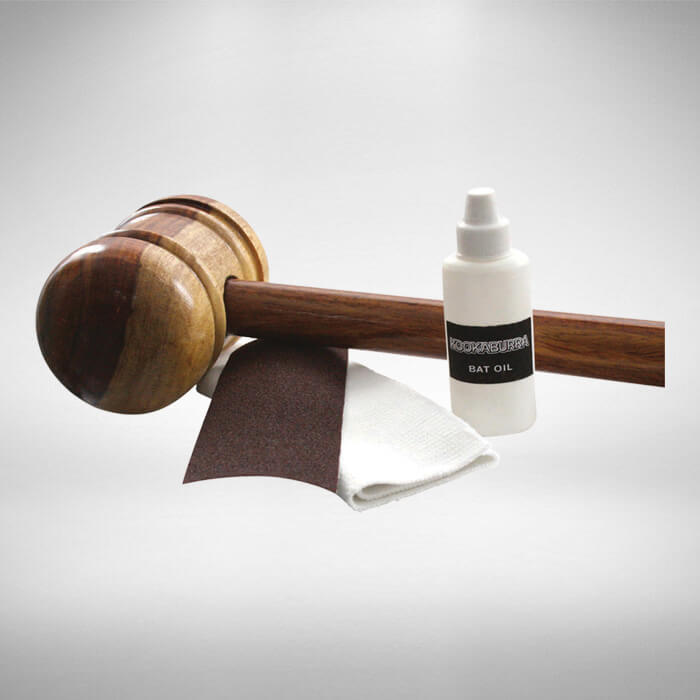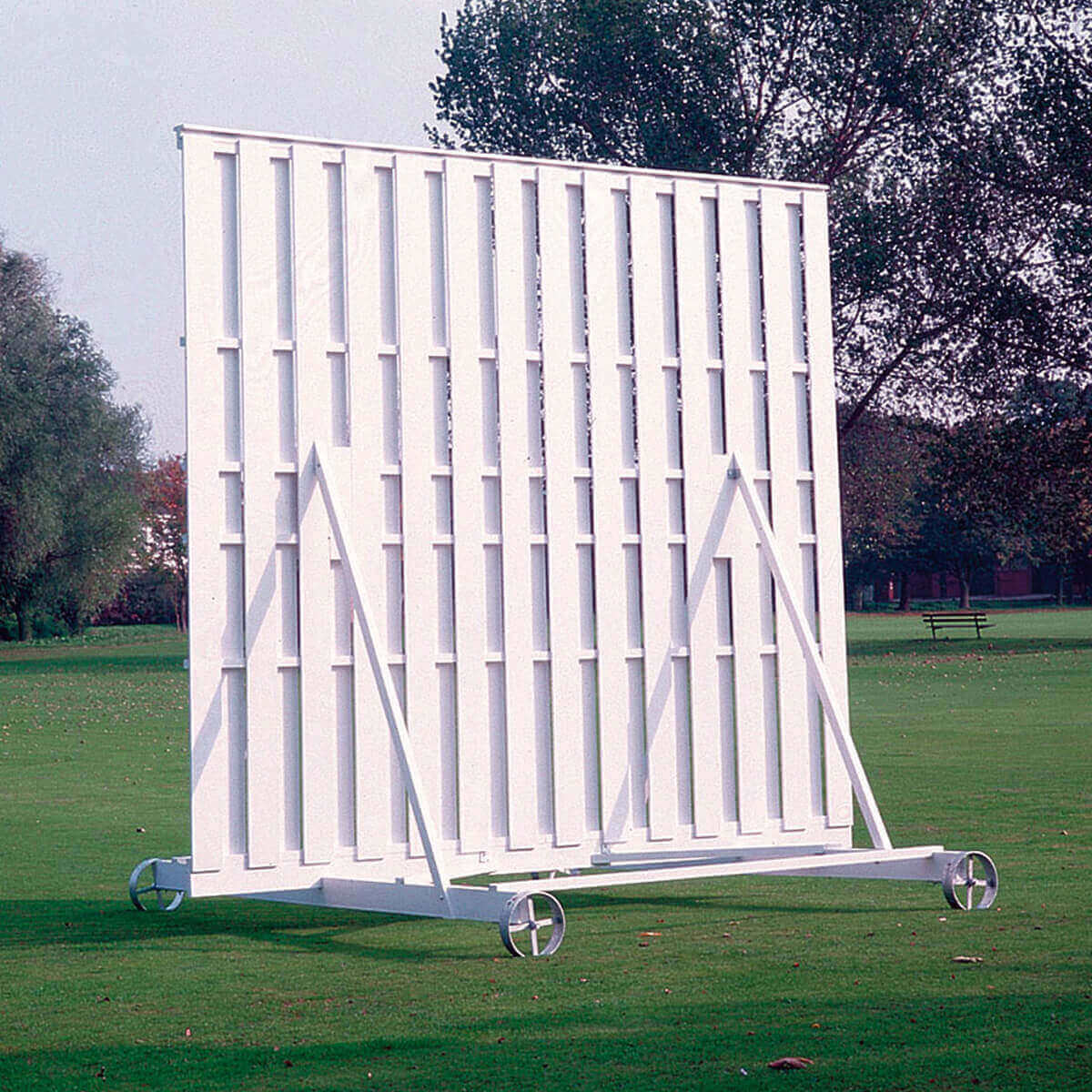For hundreds of years, the game we now know as cricket has entertained and captivated both players and onlookers across the globe. Fast-paced, thrilling and engaging, cricket is one of our planet’s favourite sports: it’s estimated that there are some 2.5 billion cricket fans out there. That places cricket second only to football in terms of popularity.
If you’re new to the sport and want to quickly get up to speed on the essential rules, terminology, history and tournaments, we’ve got you covered with this clear and concise beginner’s guide.
Below, we’ll cover everything you need to know to enjoy watching cricket as a spectator and explain how you can get out on the pitch yourself. But first, a short history lesson…
The history
If you’re just getting into cricket, you should probably learn a little bit about the sport’s history first. Countless books have been written on this subject, so we won’t go into too much detail here, but cricket has an incredibly storied past. It’s thought to have been invented in England in the Saxon or Norman times, with the oldest known mention of cricket occurring in 1611 according to the International Cricket Council (ICC).
By the end of the 17th century, the game had established itself pretty well, with teams and local competitions beginning to crop up across Britain. The first recorded county game was held in 1709, which attracted yet more publicity and paved the way for further expansion. The sport then started gathering steam in London and further south, with the first ever women’s cricket match being held in Surrey in 1745.
The rules of the game were defined for the first time a year prior. The ‘Laws of Cricket’ went unchanged until 1774, when the first of many alterations were made to the sport’s fundamental rules. Now, it was a legitimate sport – and further expansion into English colonies throughout the 18th century helped cement its status as a worldwide phenomenon.
The rules
So, how does cricket work? Well, the aim of the game is simple: a competing team must score more ‘runs’ than the opposing team in order to take victory. Each match is a competition between two rival teams, each typically with 11 players. One team will bat and the other will field (this is decided by a coin toss at the beginning of the game). Throughout the match, each team will take turns batting and fielding.
The fielding team (including the bowler) will have all its players out on the pitch, while the batting team will only have two at any one time. The batters work together as a pair, with one located at each end of the wicket (the space between the two wooden stumps, which are also called wickets!).
The batters’ goal is to strike the ball and run between the two wickets as many times as possible, accruing ‘runs’ while doing so. The fielders’ goal is to get the batters out, either by bowling a fast ball that strikes the wicket behind the batter, by catching the ball before it hits the ground, or by returning the ball to one of the wickets before the batter crosses what’s known as the ‘crease line’.
Cricket matches are divided into ‘overs’ and ‘innings’. Each innings contains a specific number of overs (depending on the type of match that’s being played), an over being six consecutive deliveries from the bowler to the batter. Once an innings ends, the teams then switch roles from batting to fielding and vice versa.
Aside from batters, bowlers and fielders, each cricket match is played with scorers and umpires. Scorers work on behalf of each team to keep track of the game’s stats, while umpires are essentially referees: it’s their job to ensure that each match is played in accordance with rules and regulations.
The equipment
Cricket is a relatively affordable sport to get into as a player. Here’s a brief breakdown of the essential equipment you’ll need to get your hands on in order to play safely and begin progressing your skills.
- Bats: An essential component of any cricket match, the humble bat has evolved considerably over the years. Modern cricket bats aren’t just durable, they’re surprisingly light and surprisingly high-tech, giving you precise control over your swing.
- Balls: A wide variety of different cricket balls are available, from brightly-coloured training balls to traditional match balls.
- Protective equipment: Any sport that involves a relatively hefty ball travelling at high speed is going to place you at risk of injury, so it’s no surprise that protective equipment is considered a must-have for even beginner cricketers. From helmets to batting pads and gloves, protective gear is well worth the investment.
How do I get involved?
Now you’re familiar with the basics of the sport, how do you get involved and start playing yourself? Well, the cricket community is a welcoming one, with clubs across the UK offering introductory sessions for young players looking to get into the game. There are even some nationwide schemes and variations of the game aimed specifically at youngsters, including Kwik Cricket.
As an adult, it’s just as easy to get involved. Check out your local club and attend coaching sessions to learn the ins and outs of cricket in practice, work on your technique and develop the skills you need to play your first match. When you’re ready, you’ll be able to join a team and start playing in local competitions.
So, if you’re thinking about taking the leap and getting involved in cricket, just put yourself out there – local clubs are always looking for new players.
Shop online at 3D Sports today
Ready to start investing in cricket equipment of your own? 3D Sports is the place to be. From bats and balls to protective gear, scoring equipment and more, we stock everything you need to enjoy the game at every level, from beginner to professional. Check out our complete range of cricket equipment online and place your order today.

















































